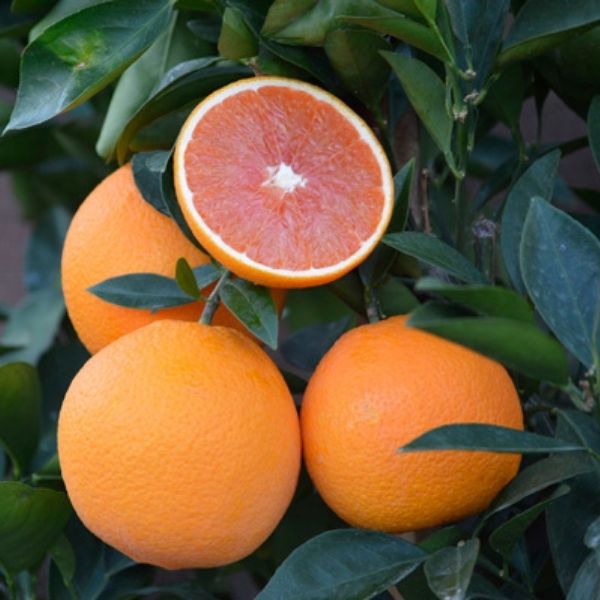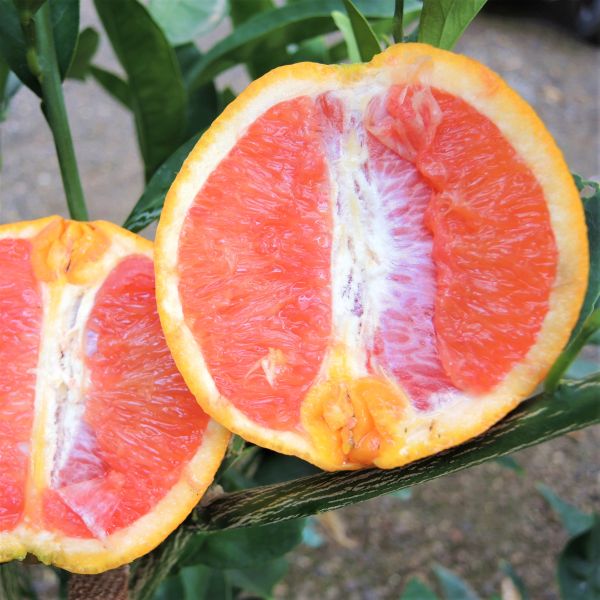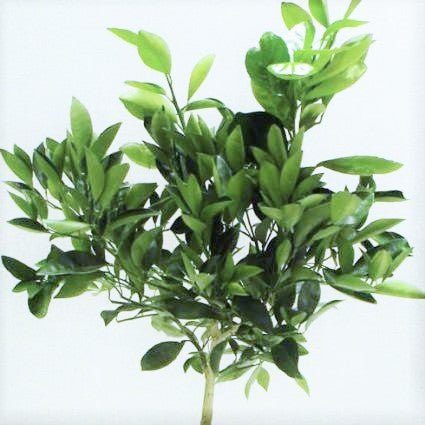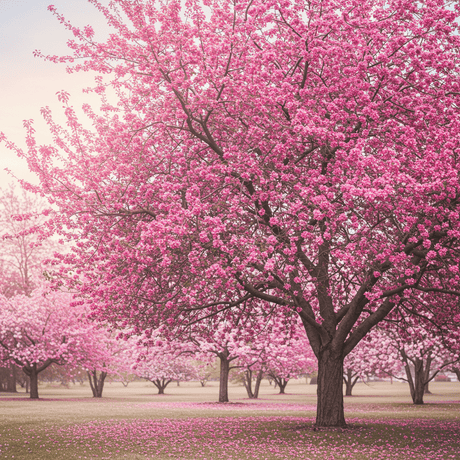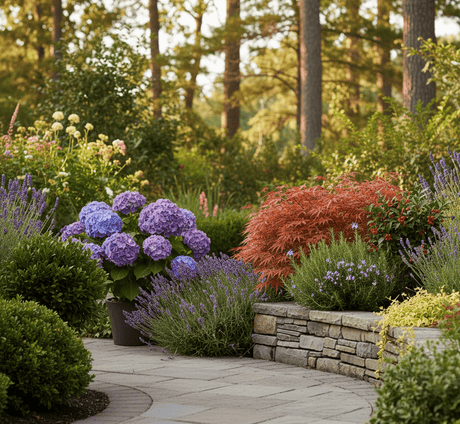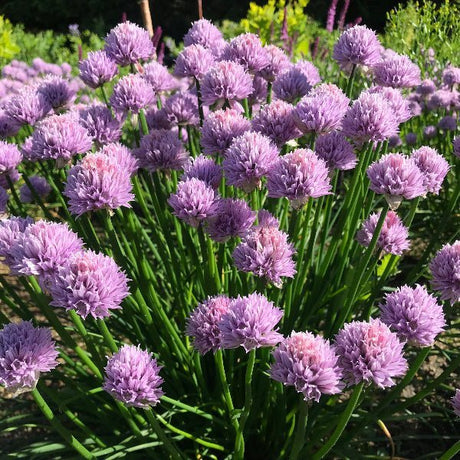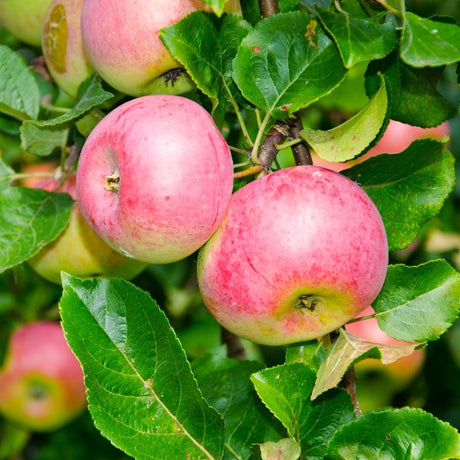Cara Cara Sweet Orange Tree
Citrus x sinensis 'Cara Cara'
Plant Sentry™
Plant Sentry™

Plant Sentry™ Protected
Your order is protected by our compliance system that:
- Prevents restricted plants from shipping to your state
- Ensures plants meet your state's agricultural requirements
- Protects gardens from invasive pests and diseases
Delivery and Shipping
Delivery and Shipping
Delivery and Shipping
Fast, Safe Plant Delivery
Ships in 3-4 business days • Tracking provided • Weather protected
| Under $50 | $9.99 |
| $50 - $99.99 | $14.99 |
| $100 - $149.99 | $16.99 |
| $150 - $198.99 | $24.99 |
| $199+ | FREE |
✓ Zone-specific timing • ✓ Professional packaging • ✓ Health guarantee
Understanding Plant Options
Nature Hills offers plants in two main formats:
- Container Plants: Grown in pots with soil, sized by container volume and plant age
- Bare Root Plants: Dormant plants without soil, sized by height measurements
Container Plant Sizes
Container sizes indicate plant age and growing capacity rather than liquid volume equivalents. Our containers follow industry-standard nursery "trade gallon" specifications, which differ from standard liquid gallon measurements.
Young Plants (6 months to 18 months old)
| Container Size | Actual Volume | Metric Equivalent |
|---|---|---|
| 2" x 2" x 3" | 0.18 - 0.21 dry quarts | 0.20 - 0.23 dry liters |
| 4" Container | 0.31 - 0.87 dry quarts | 0.35 - 0.96 dry liters |
| 4.5" Container | 0.65 dry quarts | 0.72 dry liters |
| 6" Container | 1.4 dry quarts | 1.59 dry liters |
| 1 Quart | 1 dry quart | 1.1 dry liters |
| 5.5" Container | 1.89 dry quarts | 2.08 dry liters |
Established Plants (18 months to 2.5 years old)
| Container Size | Actual Volume | Metric Equivalent |
|---|---|---|
| 2 Quart | 2 dry quarts | 2.2 dry liters |
| #1 Container | 2.26 - 3.73 dry quarts | 2.49 - 4.11 dry liters |
| 5" x 5" x 12" | 3.5 - 4.3 dry quarts | 3.85 - 4.74 dry liters |
Mature Plants (2-4 years old)
| Container Size | Actual Volume | Metric Equivalent |
|---|---|---|
| #2 Container | 1.19 - 1.76 dry gallons | 5.24 - 7.75 dry liters |
| #3 Container | 2.15 - 2.76 dry gallons | 8.14 - 12.16 dry liters |
Large Plants (3-5 years old)
| Container Size | Actual Volume | Metric Equivalent |
|---|---|---|
| #5 Container | 2.92 - 4.62 dry gallons | 12.86 - 20.35 dry liters |
| #6 Container | 5.25 - 6.01 dry gallons | 23.12 - 26.42 dry liters |
| #7 Container | 5.98 - 6.53 dry gallons | 26.34 - 28.76 dry liters |
Bare Root Plants
Bare root plants are sold by height from the root system to the top of the plant. Plants may exceed minimum height requirements.
Common Sizes:
- Trees: 1 foot, 2 feet, 3 feet, 4 feet, 5 feet, 6 feet
- Shrubs & Perennials: 1 foot, 18 inches, 2 feet
Important Notes
Container Volume Specifications
- Trade Gallon Standard: Our containers follow industry-standard "trade gallon" specifications established by the American National Standards Institute (ANSI Z60.1) for nursery stock
- Volume Variations: Actual soil volume may vary due to plant root systems and growing medium settlement
- Age Indicators: Container size primarily indicates plant age and maturity rather than liquid volume equivalents
Growing Conditions
- Plant size can vary based on variety and growing conditions
- Container size helps indicate plant maturity and establishment level
- Larger containers generally mean more established root systems and faster landscape establishment
Seasonal Availability
- Bare root plants are available seasonally when dormant
- Container plants are available throughout the growing season
- Specific varieties may have limited availability in certain sizes
Questions?
For questions about specific plant sizes or availability, please contact our plant experts who can help you choose the right size for your landscape needs.

Plant Sentry™ Protected
Your order is protected by our compliance system that:
- Prevents restricted plants from shipping to your state
- Ensures plants meet your state's agricultural requirements
- Protects gardens from invasive pests and diseases
Plant Profile & Growing Essentials
Evergreen, Flowering, Self-pollinating, Edible, Fragrant, Heat Tolerant, and Container Friendly
Specifications
Specifications
-
Botanical Name
-
Height
-
Width
-
Growing Zones
-
Sunlight
-
Growth RateModerate
-
Flower Color
-
Leaf Color
-
Pollinator FriendlyYes
-
Pollinator Required
-
Bloom PeriodLate Spring
-
FragrantYes
Planting & Care Instructions
Planting & Care Instructions
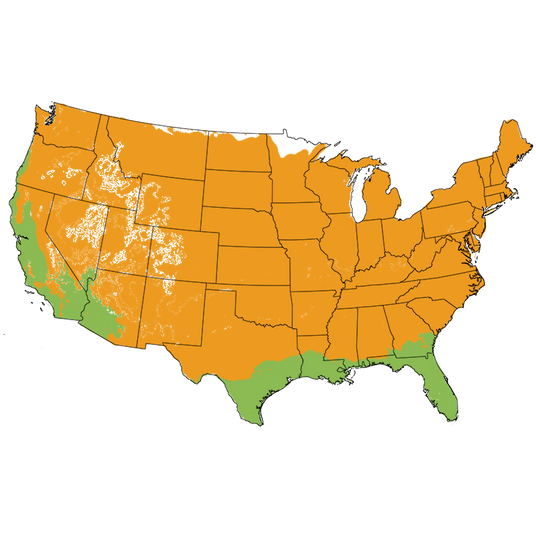
Growing Zones 9 - 10 (patio 4-10)
We don't mean to get all existential on you here, but does orange juice have to be orange? Can an orange taste like a berry? Can it look like a grapefruit? The answers to these questions are yes, Yes, and YES! Say hello to the Cara Cara Sweet Orange Tree (Citrus x sinensis 'Cara Cara')!
Discovered in the 1970s, the Cara Cara didn't hit American markets until the '80s and even then it was only in specialty grocers. It still isn't widely known or widely grown, but we here at Nature Hills want to change that. We don't think we're overselling it to say that Cara Cara could be life-changing for you! With evergreen foliage and fragrant white blossoms for pollinators, these are gorgeous trees on their own!
Once you cut into it, though, you will never forget it! The flesh is pink like the sparkling rose of Pink Grapefruit. It is super juicy and the juice is pink, too. Cara Cara doesn't taste like your traditional Orange. Some people say they taste raspberry, blackberry and cranberry!
Planting and Application:
Perfect for citrus growing regions of the US, Cara Cara is also great in pots by a sunny window in cold winter climates Either way, you’ll enjoy a fantastic patio plant or poolside for year-round greenery! Modestly sized trees at maturity, they work in almost any sized yards and can be pruned smaller as needed!
Cara Cara are broadleaf evergreens that are fantastic privacy and screening when planted in rows and shelterbelts, alone or with other types of citrus and fruit trees for your own property-defining orchard! As a stand-alone tree, these are gorgeous specimens and accents that add curb appeal to your home's front yard landscaping!
- Sparkling Pink Flesh & Pink Juice
- Sweet Berry-Like Flavor
- Low Acid & Seedless
- Perfect for Pots
- Containers, Specimen & Privacy
#ProPlantTips for Care:
Fruit trees need full sun for the most flowers and fruit! Plant in slightly acidic soil that’s very well-drained. The long harvest all winter and spring, means you’ll enjoy months of healthy delicious fruit! Provide regular water for young trees, but allow the roots to dry out slightly between waterings, but once established, Cara Cara Oranges are low-moisture needs plants.
Protecting Container Citrus From Cold
Although it's famous for growing in warmer regions, it can also thrive in colder areas as long as the tree is brought indoors prior to the first frost of winter.
If you're growing these tropical trees in the ground in the lowest of their favored growing zones, they need to be planted in a sheltered spot to avoid the worst of the chill. If a spot like that is unavailable, then you are better off planting in a large, deep container.
In borderline growing zones, begin slowly acclimating your tree indoors or into a protected location, eventually moving your tree inside in bright indirect sun for the winter if the temperatures in your area ever dip below that 40°F range. In spring, reverse this process and begin acclimating your tree to again be back out in the full sun all summer. This reduces stress and leaf drop.
- Full Sun
- Acidic Well-Drained Soil
- Provide Regular Fertilizer
- Prune After Fruiting
Cara Cara Sweet Orange Tree are just now hitting the home gardening scene and are going to going fast. Order your today and after you've bitten into your first slice of Cara Cara give us a call and thank us!
Ultra-Modern Cara Cara Orange Super Fruit
It is hard to believe that the Cara Cara orange has only been around since the late 1980s. Even with its
Discovered in 1976, it is not quite clear if it was a bud sport of a Washington Navel Orange or the result of an open-pollinated cross of Washington Navel with the Bahia Navel Orange. What is clear is that the people who discovered this Red Fleshed navel orange knew just what they had, and wasted no time in propagating, planting and promoting it.
The first budwood would be received at the Florida Budwood Registration Program in 1988, from Hacienda Cara Cara in Valencia, Venezuela; the location it was discovered. Around this same time, budwood was sent to the Lindcove Research facility in California. But the selection was met with caution. The immediate concern was that the red/pink flesh was not stable and would possibly revert to an orange color.
Through the 1990's, under the observation of both the Lindcove and Riverside, U.C. Citrus research stations, as well as a limited number of commercial plantings; the Cara Cara Orange was eventually determined to be stable in color. At this same time, it had been regularly sampled by farmers for years and its introduction was highly anticipated.
On the fast track for introduction, the early ripening Cara Cara Orange was heavily planted throughout California where it had been determined to be a superior variety. Cara Cara has grown from a novelty in the early 2000's to today being a highly sought after selection.
As with all red-pigmented fruits the Cara Cara is considered a very healthy fruit with its high concentration of Lycopene, a well know carotenoid in the family of Beta Carotene. It is also high in fiber and as with all oranges high in vitamin C; which makes this fruit a must for the modern-day health-conscious food shoppers.
The flavor is very complex almost berrylike with a sub-acid finish. Being seedless only adds to the many qualities of the Cara Cara. Finally, being the first of the oranges each season gets the year off on its best note.

